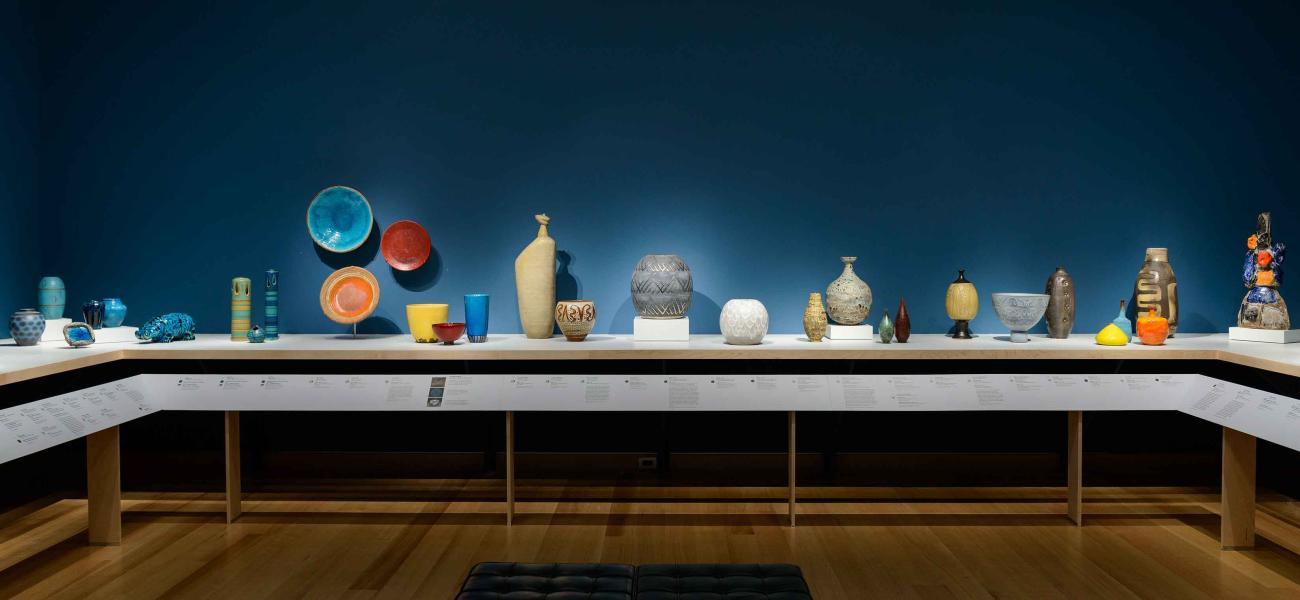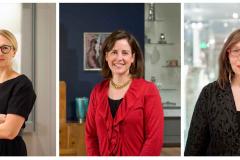The past century has been marked by unprecedented experimentation in the field of American ceramics. The rise of “art pottery” in the United States during the late nineteenth and early twentieth centuries was a phenomenon closely tied to the larger Arts and Crafts Movement, and emphasized beauty and handcraftsmanship in functional forms. Artists working in the mid-twentieth century during the studio craft movement continued to push the boundaries of clay, challenging conventional notions of functional versus sculptural form. And today, contemporary ceramics is a vibrant and expansive field that confirms clay as a medium of extraordinary artistic expression. A yearlong exhibition at the Museum of Fine Arts (MFA), Boston, “Nature, Sculpture, Abstraction, and Clay: 100 Years of American Ceramics,” explores these recurrent, innovative trends. In this essay, we, the curators of this exhibition, hope to give you some insight into our concept and display decisions for the exhibition.
For this exhibition we have chosen to highlight three consistent themes in American ceramics — surface and decoration, sculpture and abstraction, nature and landscape—showing how these creative threads have been interpreted differently by each generation and occasionally prompted similar results from artists working nearly a century apart. Featuring seventy works, the exhibition is displayed roughly chronologically, and each object’s label shows an icon that links it to one of the three themes. A glossary of ceramic terms is another important part of our interpretative materials, offering visitors an instructive overview of the varied ways in which an artist might engage with clay.
Rather than in separate cases, objects are displayed chronologically on one continuous shelf that wraps around three walls to envelop the visitor. We hope to encourage close looking and to offer both well-versed visitors and newcomers to ceramics multiple ways to view the exhibition. This design is also deeply practical: given the relatively small scale of many Arts and Crafts era works compared to the larger contemporary pieces, a chronological installation was more visually coherent. Presenting the objects unenclosed allows visitors an intimate experience, but it also poses safety issues. Such a display would not be possible without the skill of the MFA’s talented team of mount-makers and security staff. Each object is secured to the shelf to prevent movement or theft, and motion-sensitive alarms blanket the area, ready to alert any visitors who get too close.


